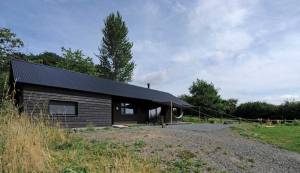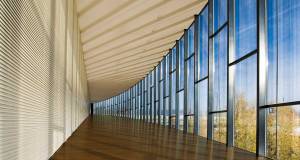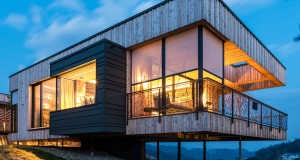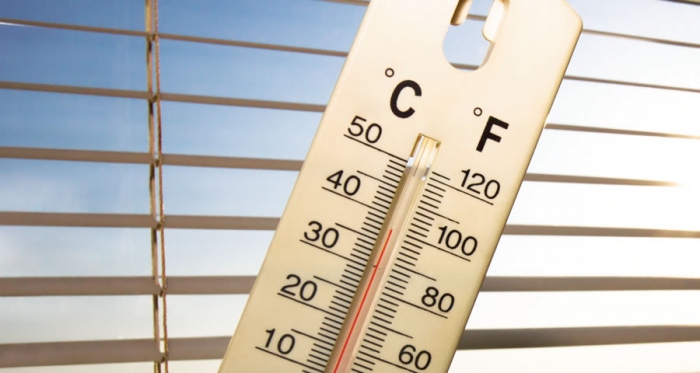overheating - passivehouseplus.co.uk
The PH+ guide to overheating
As awareness of the urgency of the climate crisis grows, efforts to kickstart en masse deep energy efficiency interventions are gathering apace. But poorly conceived low energy building efforts can lead to unintended consequences including overheating – a risk that’s bound to grow as the world warms up. Phi Architecture co-founder Claire Jamieson details the risks and offers some solutions on how to create low energy buildings that are comfortable in summer and winter.
We need better building performance metrics
The way we currently do post-occupancy evaluation of buildings is inadequate, says Professor Fionn Stevenson — we need new ways to measure the environmental impact of buildings, and how resilient they are to climate change.
Why shading is a major issue in our hospitals
Daylighting, overheating, glare and lack of natural, insect-free ventilation remain significant issues in UK hospitals and may be hampering the ability of patients to recover, and hospital staff to properly care for them, according to UK solar shading manufacturer Smartlouvre.
Buildings need better overheating models to guarantee future comfort
Building designers need to undertake much deeper analyses of overheating risks, and do so under future climate change scenarios, in order to ensure their buildings can adapt and remain comfortable for occupants in a warming world.
Study: extreme overheating not reflected in building simulations
Dangerous overheating in buildings may not be showing up in desktop studies, new research suggests.
Prevent overheating with D&M solar shades
Leading passive house design and product supplier Young Design Build has announced that it has become the Irish and UK agent for D&M solar shading, the leading German manufacturer of external shutter technology and blind solutions. Stephen Young of Young Design Build told Passive House Plus that D&M’s systems are designed to prevent overheating in buildings with large expanses of glass.
Overheating - a growing threat that mustn't be ignored
As the climates gets warmer, overheating in buildings is likely to get worse — particularly given the modern architectural preference for huge expanses of unshaded glass. But what really causes overheating, is it really worse in low energy buildings, how do passive houses fare, and what can be done to prevent it?








